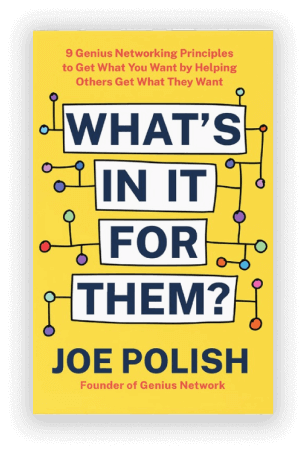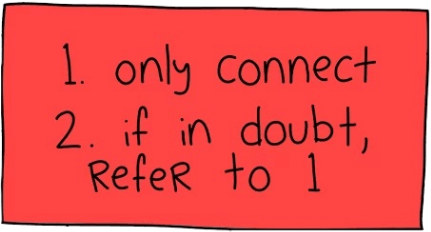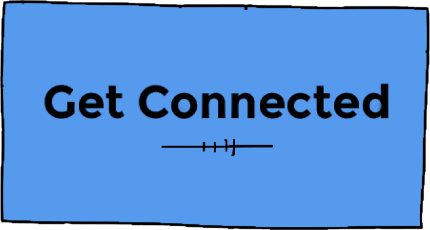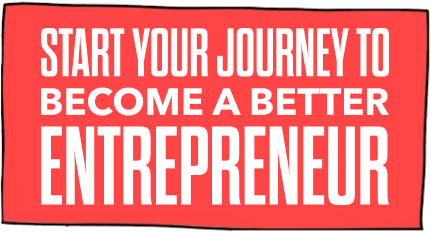
Crowdfunding Hacks with Clay Hebert at Joe Polish’s Genius Network™
[mashshare]
Episode Summary
Great crowdfunding is nothing more than great marketing, yet 64% of crowdfunding projects fail.
In this episode, Clay Hebert shares popular crowdfunding myths and misconceptions and how to know if your idea is right for this exciting space.
Here’s a glance at what you’ll learn from Clay Hebert in this episode:
- Clay shares a fascinating story from the 1800’s about an American pioneer who crowdfunded the Statue of Liberty
- 5 myths and misconceptions about crowdfunding and the fundamentals that every entrepreneur needs to know before starting a crowdfunding campaign
- $34 Billion: Why crowdfunding is on its way to surpassing venture capital as a source of funding
- The difference between Crowdfunding and Crowdsourcing and the 5 main types of Crowdfunding
- 3 reasons why relying on platforms, strategies and tactics can be a huge mistake and 3 things savvy crowfunders do instead
- The Alarm Clock Test: A simple way to come up with breakthrough ideas your customers will love
- Customer Avatar Masterclass: Clay gives you a step-by-step blueprint for understanding your customer so well your products sell themselves
- 64% of crowdfunding projects fail. Avoid failing by using these 10 magic marketing questions that will help you succeed…
- The Portable Story: How to design it and have your products and services spread to millions of people
- How to know if your idea is right for crowdfunding (Plus: 5 smart reasons (beyond money) for running a crowdfunding campaign)”
WHAT'S IN IT FOR THEM?
Get the first chapter for FREE and a limited-time viewing of "Connected: The Joe Polish Story"
Show Notes
- When the US received the Statue of Liberty, the only cost the States had to pay for was the base but no one wanted to pay for it.
- Joseph Pulitzer was one of the first crowdfunders, he reached out to the people of the US and asked for them to pay what they could in exchange for getting their name in his newspaper.
- Crowdfunding is not new, what’s new is the internet and the connection that brings us all together.
- Over 64% of projects on Kickstarter fail and it’s not because they don’t have a good idea, they fail because they think the platform will bring them traffic.
- Crowdfunding is not a source of free money, you have to build the tribe and the audience and launch to them.
- Every single person has run a crowdfunding campaign. If you ever had your friends chip in for pizza or beer, that’s crowdfunding.
- Crowdsourcing is the sourcing of anything from a crowd, crowdfunding is actually a subset of crowdsourcing.
- There are five types of crowdfunding: Rewards, Donation, Equity, Debt, and Recurring.
- A good rewards based crowdfunding project is a creative project that has a beginning and an end in which something new gets made and shared with a tribe of people that you can identify and build and get permission with before you launch.
- There are reasons to crowdfund beyond the funds, they can be worth more than the cash. They can validate your idea, build your tribe, gain exposure, test your pricing and marketing, or secure an investment.
- All investors are looking for traction, proof that people care and want your project.
- What is your ‘why’? Don’t be in it for the wrong reasons.
- Great crowdfunding is nothing more than great marketing.
- Don’t rely on platforms, platforms die. Platforms won’t save your marketing.
- Platforms change their rules. Facebook convinced companies to pay for likes and then turned down organic reach to almost zero.
- Think about other people’s tactics like a custom made suit, you can’t just copy what someone else is doing.
- Test platforms, decode strategies, and study the tactics.
- Marketing is not the latest tool, tactic, or trick. It’s the ability to see what works and apply it.
- Great marketing is really just about ten questions.
- Who, specifically, are you trying to reach? You can’t be too specific about this.
- The right customer avatar attracts the right customers and repels the wrong customers.
- If you had a single product to offer, who would be the one person in the world you would give it to?
- The best copy will come from your customer’s mouth.
- Identify your subtribes within your overall tribe.
- What story are you trying to tell? One of the biggest things in your marketing is instant clarity. Tell a super simple story that your customer already believes.
- What is your avatar thinking about the moment they open their eyes?
- Does this story resonate with the worldview these people already have? You are not in the convincing business, you are in the leading business.
- Sell the Super Mario, and then deliver the Super Mario. Our opportunity is to actually deliver on our promises.
- What is the fear that prevents action? How are they going to say no? Ask people why they didn’t buy.
- When do you expect people to take action? Everyone’s favorite day to buy anything is the same day… tomorrow.
- Why will they choose you? Choose your opposite adjectives and get your positioning right. Own a unique position.
- What will they tell their friends? If you don’t get word of mouth, you will lose. Design your marketing and your trigger events to enlist other people to work for you.
- Tell a story that allows you to charge 10x more.
- How will they become aware of what you have to offer?
- How will you know it’s working? Is everyone on the same page as to what success looks like? Define your champagne moment and get your team on board.
- Ignore vanity metrics like Twitter followers.
- How will you iterate and learn? The best marketers fail small and test constantly.





